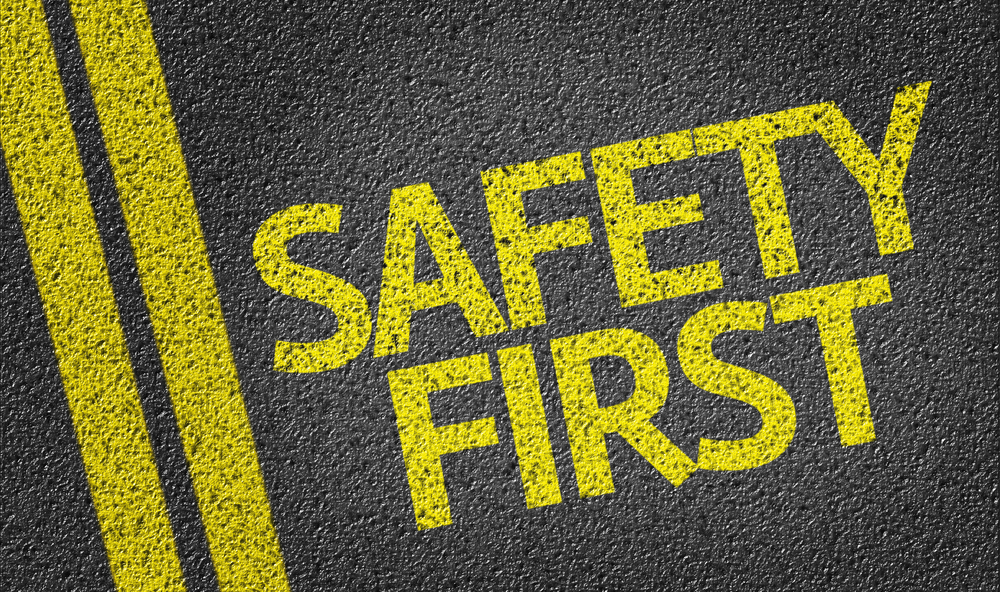
Inhalation
- CO2 is heavier than ordinary atmospheric air so, when CO2 is present, it displaces oxygen in insufficiently ventilated rooms and may cause suffocation.
- It is colorless and essentially odorless and tasteless so it is very difficult to detect without specialized equipment.
- CO2 concentrations of 3-5% cause headaches, fast breathing and discomfort.
- Higher concentrations of 8-10% cause headaches, nausea, cramps and potentially may cause unconsciousness, suffocation or respiratory arrest.
Direct contact
- Prolonged skin contact with liquid CO2 or dry ice may cause frostbite/flesh damage.
Safety precautions
Proper ventilation
- Areas where CO2 emitting machines are being used must have effective ventilation.
- Only operate dry ice production or dry ice blasting machines in areas with proper ventilation that maintains the concentration levels of the governing codes of your local/national body.
- Rooms in which large quantities of CO2 have collected must be entered only with self-contained breathing apparatus. This applies even if persons have been overcome and urgently require assistance.
Monitor and limit exposure
- The legal exposure limit set by OSHA is 5,000 ppm averaged over an 8-hour workday, with the subsequent 16 hours having no exposure above fresh air concentrations and exposure totaling 40 hours per week.
- The acute (15 minute) exposure limit set by OSHA is 30,000 ppm.
- Always use a CO2 monitoring device when working with CO2 emitting machines in a confined space.
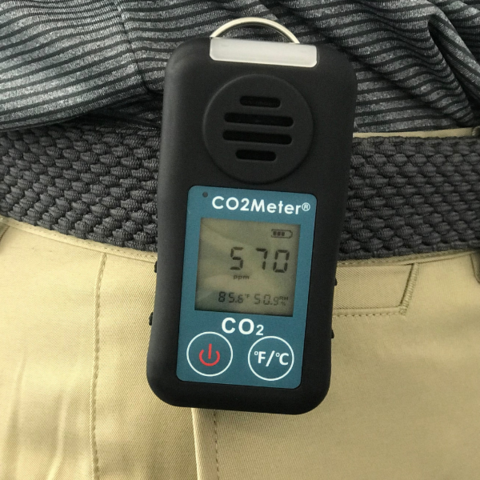
Follow safety guideline
-
Always review and observe all safety guidelines when using materials that displace oxygen.
-
All operators and supervisors should familiarize themselves with the literature on the physiological characteristics of CO2 . The information can be obtained from the governing codes of your local/national body.
Identify and label areas
- Informative warning signs should be strategically placed at entry points to areas where it is possible for CO2 to accumulate.
Proper PPE
- Gloves or tongs must always be used when handling dry ice.
- Safety eyewear should also be worn when dry ice is in motion, such as when dry ice blasting or when operating dry ice manufacturing equipment without a chute on.
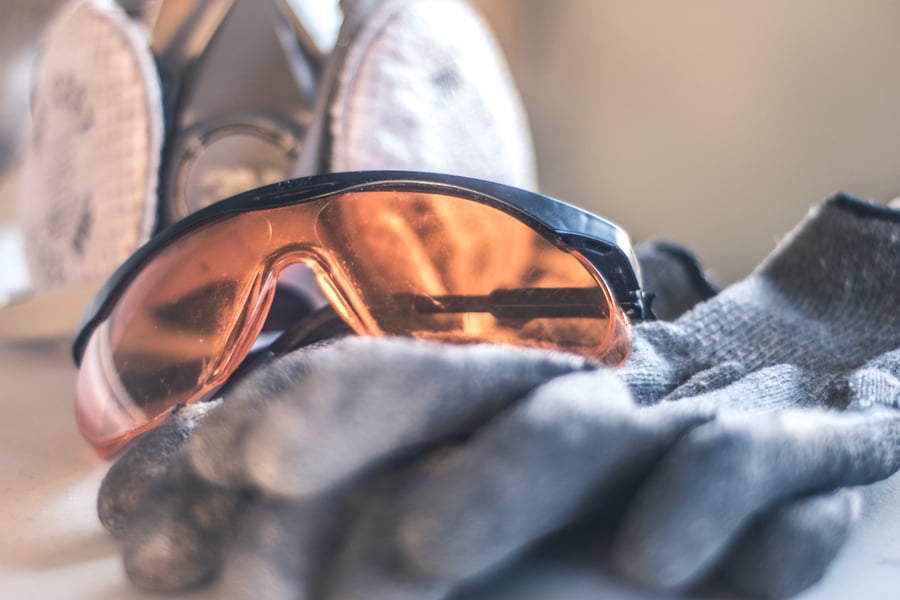
Stay alert and be aware
Always stay alert for symptoms of overexposure, such as:
- Dizziness
- Headache
- Nausea
- Rapid breathing
- Shortness of breath
- Increased heart rate
- Eye and extremity twitching
- Lack of concentration
- Visual and hearing disturbances (including blurred vision and ringing in the ears)
Ensuring proper ventilation
The potential concentration of CO2 , the projected duration of the job, and the ease of use are all factors that must be considered when deciding what kind of supplied air and ventilation system is most appropriate.
- Exhaust ventilation is generally considered the most efficient method to ventilate a room with CO2 . This type of ventilation pulls air out by negative pressure and exhausts it in a safe area, away from the air intake and fresh air is supplied.
- Supply ventilation is another ventilation method that blows fresh air into the space and exhausts it outside. This is often a useful practice, especially when fresh air is used to push contaminated air out of the space. If ventilation is not set up properly, air movement can be short-circuited. This means that air only circulates in a small area of the confined space, leaving the rest of the space unventilated.
- To ensure that an area is properly ventilated, air monitoring devices should be installed to monitor CO2 concentrations. The devices should be located near dead areas and remote corners of buildings where little ventilation is present. This will give a much better indication of actual CO2 accumulation.
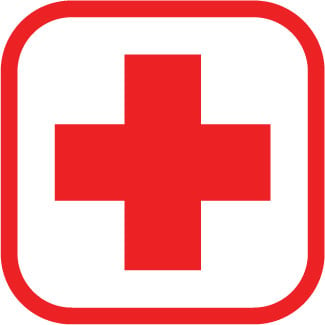
First Aid
Active safety programs and safety-conscious personnel greatly reduce the likelihood of CO2 accidents. To minimize potential injury, operators should be trained for prompt emergency response.
If an incident does occur, employees must follow guidelines for a proper response.
- Never attempt to rescue an overexposed individual from a confined area without knowing the CO2 concentration levels or wearing a self-contained breathing apparatus.
- The overexposed individual should be moved to an area with fresh air.
- Seek medical attention immediately.
- If breathing has stopped, give artificial respiration. If breathing is difficult, qualified personnel may give oxygen.
Other considerations
- Dry ice storage
Dry ice must not be stored or transported in tightly sealed containers.The pressure resulting from evaporation could burst the container. - CO2 safety data sheet
When purchasing liquid or solid CO2 , we recommend that the purchaser obtain and review the CO2 safety data sheet and follow the recommended safety guidelines.
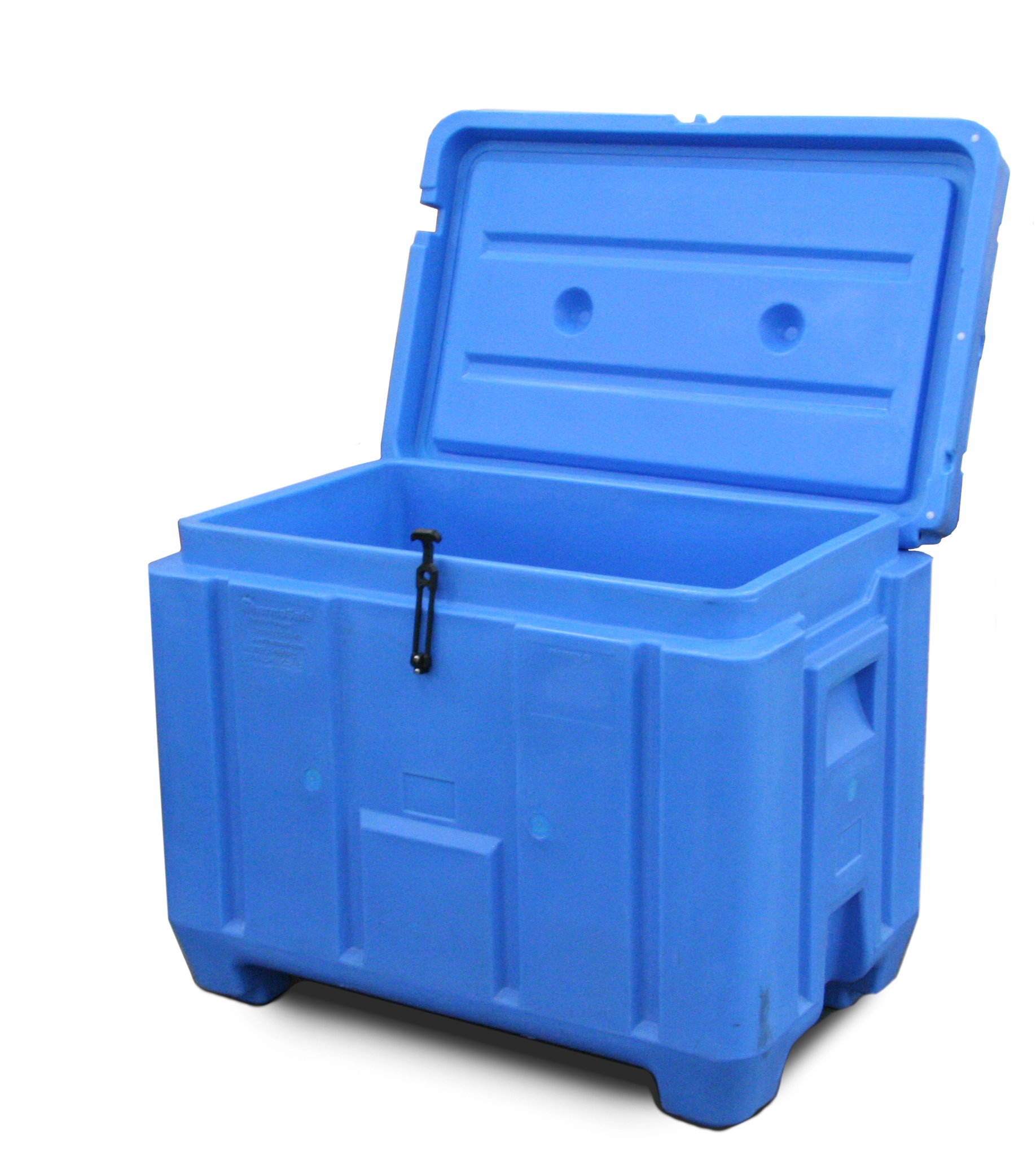
.png) English
English